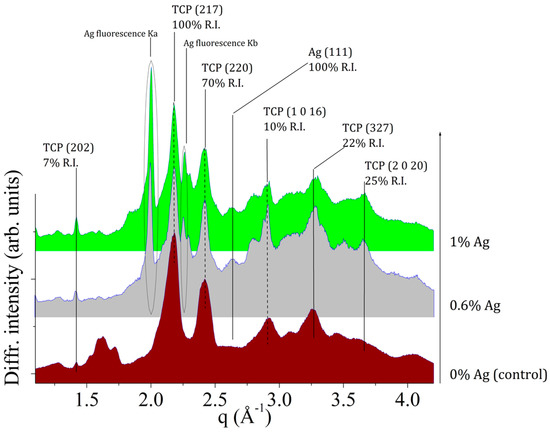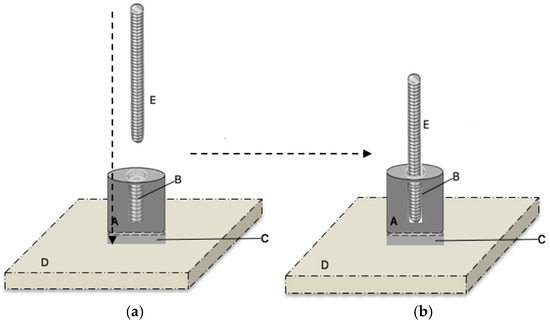Biocements for Medical/Dental Purposes
A topical collection in Journal of Functional Biomaterials (ISSN 2079-4983).
Viewed by 51441Editor
Interests: dental materials; adhesion; titanium; implants; pharmaceutics
Special Issues, Collections and Topics in MDPI journals
Topical Collection Information
Dear Colleagues,
In medical and dental fields, cements or biocements are substances that could set/harden and bind with other biomaterials for some specific and functional purposes, such as luting, restoring, and lining. Such a class of biocements could be purely inorganic, purely organic, or blended inorganic/organic substances in chemical nature. In this topical collection, all review or research articles on biocements are welcomed. Emphasis should be put on, but not limited to, chemical, physical, biological, clinical, theoretical, and mechanical aspects, and multi-disciplinary approaches to biocements. The Topical Collections is keen on providing a platform to record, exchange and share the scientific knowledge and evidence via the open access, Journal of Functional Biomaterials, and targets to maintain the impact of biocements.
Dr. James Kit-hon Tsoi
Collection Editor
Manuscript Submission Information
Manuscripts should be submitted online at www.mdpi.com by registering and logging in to this website. Once you are registered, click here to go to the submission form. Manuscripts can be submitted until the deadline. All submissions that pass pre-check are peer-reviewed. Accepted papers will be published continuously in the journal (as soon as accepted) and will be listed together on the collection website. Research articles, review articles as well as short communications are invited. For planned papers, a title and short abstract (about 100 words) can be sent to the Editorial Office for announcement on this website.
Submitted manuscripts should not have been published previously, nor be under consideration for publication elsewhere (except conference proceedings papers). All manuscripts are thoroughly refereed through a single-blind peer-review process. A guide for authors and other relevant information for submission of manuscripts is available on the Instructions for Authors page. Journal of Functional Biomaterials is an international peer-reviewed open access monthly journal published by MDPI.
Please visit the Instructions for Authors page before submitting a manuscript. The Article Processing Charge (APC) for publication in this open access journal is 2700 CHF (Swiss Francs). Submitted papers should be well formatted and use good English. Authors may use MDPI's English editing service prior to publication or during author revisions.
Keywords
- dental cements
- biocements
- resin cements
- medical cements
- bone cements









